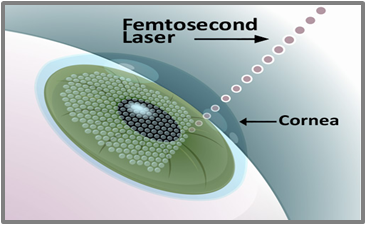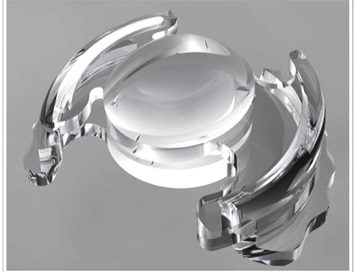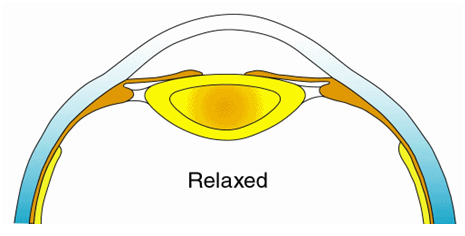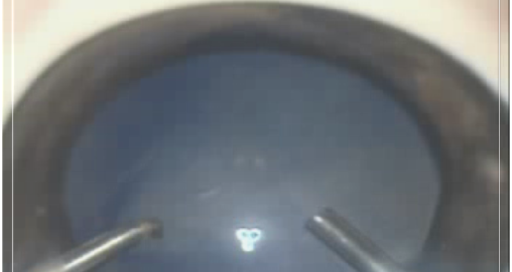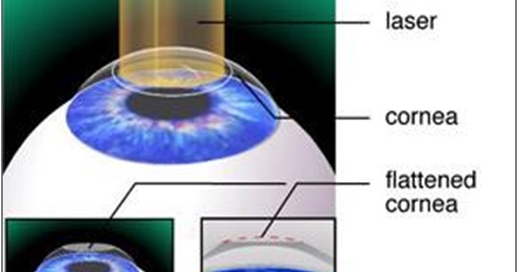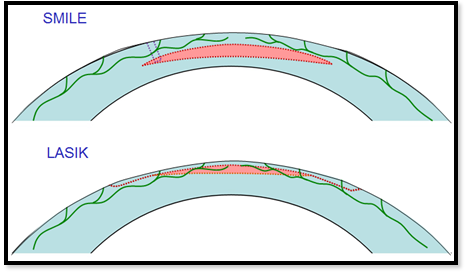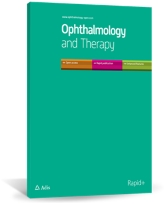APPLICATIONS AND INNOVATIONS OF CORNEAL TOPOGRAPHY
In a consultation of ophthalmology, corneal topography is one of the devices more used to know the corneal morphology. Its analysis is very important because provide information about the curvature and potency of the cornea, among other parameters […]


